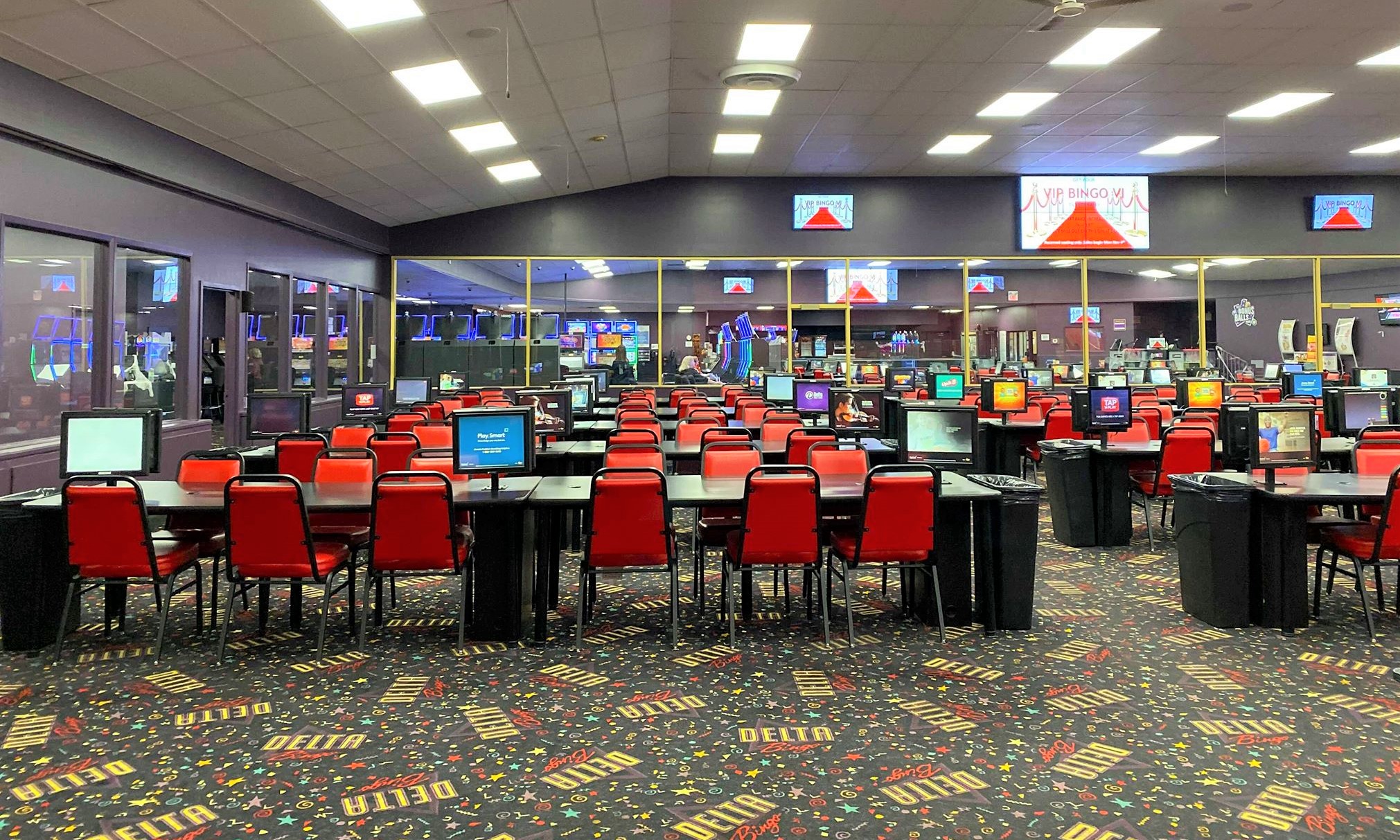Read Tips To Select the Ideal CCTV Setup to Meet Your Safety Requirements
Read Tips To Select the Ideal CCTV Setup to Meet Your Safety Requirements
Blog Article
As it pertains to guaranteeing protection and security, selecting the right CCTV setup is crucial. Closed-circuit video (CCTV) setups are commonly utilized for monitoring in various settings, such as residences, businesses, and public areas. These systems help monitor actions, deter crime, and offer important proof in case of occurrences. Understanding the different elements and characteristics of CCTV setups can aid people and entities make informed decisions that best meet their security requirements.
One of the initial factors when selecting a CCTV system is the type of surveillance devices required. There are several types of devices on the market, such as bulb devices, projectile cameras, and PTZ (pan-tilt-zoom) cameras. Dome cameras are often used for indoor surveillance due to their discreet design, while bullet devices are more noticeable and are generally employed externally. PTZ devices offer the ability to zoom in on particular locations and can be operated remotely. Evaluating the specific environment and the areas that need surveillance will assist decide which type of camera is most appropriate.
Another important consideration to consider is the clarity of the devices. Higher clarity cameras offer clearer images, which can be essential for recognizing individuals or features in a scene. Typical clarities consist of basic definition (SD), elevated resolution (HD), and ultra-high resolution (UHD). Although higher clarity devices may come at a increased price, they can significantly improve the effectiveness of a surveillance setup. It is also important to consider the illumination conditions in the area being monitored, as some devices are better suited to manage low-light situations than alternative options.
Storage options are also a critical aspect of CCTV setups. Footage footage can consume up a significant amount of space, so it is essential to select a system with adequate capacity options. Many systems offer online storage, which allows for off-site access to recordings and can provide extra safeguarding in the event of burglary or destruction to the physical storage. Alternatively, on-site options, such as digital video recorders (DVRs) or network footage devices (NVRs), can be used. Comprehending the storage needs based on the quantity of cameras and the desired holding period for recordings is vital for efficient surveillance.
Lastly, the setup and upkeep of the CCTV setup should not be overlooked. Expert installation can guarantee that devices are placed in optimal spots for best surveillance. Additionally, routine maintenance is necessary to keep the system functioning properly. This includes inspecting device angles, wiping optics, and making sure that programs is current. Some setups also offer off-site surveillance features, allowing operators to access real-time recordings from their mobile devices or laptops. This capability can provide peace of mind and enhance the general effectiveness of the security system.
In summary, selecting the ideal CCTV system involves careful evaluation of various factors, including camera types, resolution, storage choices, and setup. By understanding these elements, individuals and organizations can choose a system that effectively meets their safeguarding needs. A thoughtfully designed CCTV system not only helps deter criminal activity but also provides valuable evidence when necessary, making it an their explanation important expenditure for safety and security.